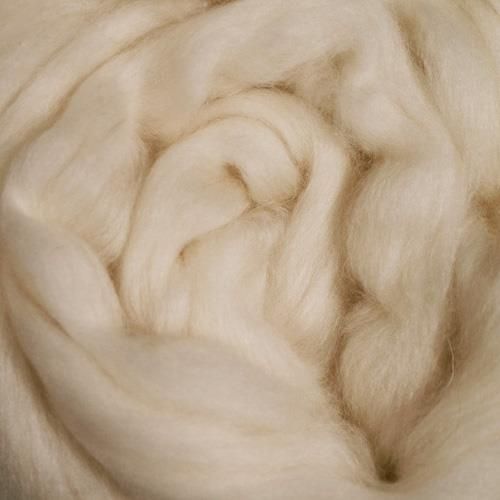Is Cashmere a Natural Fiber? Exploring Its Natural Origins and Uses
Is Cashmere a Natural Fiber? Exploring Its Natural Origins and Uses
Blog Article
Discovering the Various Sorts Of Cashmere an All-natural Fiber for Ultimate Luxury
Cashmere, a natural fiber, is usually related to deluxe and convenience. However, not all cashmere is produced equivalent. From the highly soft Mongolian selection to the lightweight warmth of Indian Pashmina, each type offers its very own distinct functions and attraction. The more budget-friendly Chinese cashmere, the traditional Scottish variation, and the high-end Italian mix, all inform a different tale of this remarkable fiber. As we unwind the globe of cashmere, a much deeper understanding of its real worth and class starts to arise.
Understanding the Glamorous Nature of Cashmere
Cashmere, commonly linked with deluxe and convenience, holds an unique allure on the planet of all-natural fibers. This soft, light-weight product is fancied for its phenomenal heat and exceptional toughness. Unlike various other natural fibers, cashmere combines insulation with breathability, providing unrivaled comfort throughout differing temperatures. Its lustrous coating and soft appearance contribute to its high-end allure, warranting the costs price that often features cashmere garments. In addition, cashmere's intrinsic wrinkle resistance and flexibility improve its value, making it a preferred selection for premium clothing and devices. In spite of its delicate look, cashmere possesses a surprising strength, able to keep its form and extravagant feel over time. This special blend of features cements cashmere's placement as a sign of elegance and extravagance.
Simply What Is Cashmere and Where Does It Come From?

Cashmere is acquired from the soft undercoat of cashmere goats, largely found in Mongolia, China, Iran, and Afghanistan. This meticulous process contributes to the scarcity and high cost of cashmere. With its origin in the harsh landscapes of Asia, cashmere is a testament to nature's ability to produce luxury from adversity.
Decoding the Various Kinds Of Cashmere
Recognizing the different types of cashmere is vital to appreciating the quality and one-of-a-kind features of this elegant textile. Generally, cashmere is classified into 3 kinds: raw, virgin, and reused. Deciphering these types is the first action in understanding the exclusivity and value of cashmere.

The Unique Features of Each Kind of Cashmere
Having actually checked out the different categories of cashmere, it emerges that each kind boasts its unique collection of attributes. Mongolian cashmere, as an example, is renowned for its remarkable top quality, as a result of Mongolia's harsh winters months that produce longer and finer fibers. Conversely, Chinese cashmere is commonly extra affordable, though its much shorter fibers can decrease sturdiness. Scottish cashmere is celebrated for its splendid soft qualities, an outcome of the typical water washing process making use of Scotland's soft water. Italian cashmere, at the same time, is renowned for its skillful blending and coloring strategies, rendering it flexible and dynamic. Indian more info here cashmere, also recognized as Pashmina, is valued for its incredible lightness and warmth. Each type, hence, contributes to the fabric's online reputation for luxury.
Why Cashmere Is the Embodiment of Luxury in Style
Cashmere holds a prestigious position in the world of style, pertained to as an icon of high-end and sophistication (is cashmere a natural fiber). Cashmere is derived from the fine undercoat of Himalayan goats, known for their superior quality fiber. Cashmere's unrivaled comfort and resilience make it a popular material in the creation of premium garments.
The Process of Making Cashmere: From Goat to Garment
The journey of cashmere, from being an undercoat of a Himalayan goat to an elegant garment, is an elaborate one. With find more information the advent of springtime, farmers in Mongolia and China accumulate the wool YOURURL.com by combing the goats, making certain no injury is done. The obtained wool contains crude outer hair and soft downy undercoat. This mix is after that meticulously separated, with just the soft down utilized for cashmere. This raw cashmere is washed, colored and spun right into thread. The yarn is after that woven or knitted into textiles. The final action includes pushing and washing to offer the material its characteristic softness and heat. From goat to garment, each step is a testament to the virtuosity, perseverance and ability associated with crafting cashmere.

Final Thought
Finally, cashmere, with its all-natural style and unmatched convenience, preponderates worldwide of high-end style. The variety in types, ranging from the soft Mongolian, lightweight Indian Pashmina, economical Chinese, conventional Scottish, to the vivid Italian, exposes the flexibility of this natural fiber. The meticulous process of changing it from a goat to a garment additionally includes in its exclusivity, making cashmere the embodiment of elegance and luxury.
Cashmere, an all-natural fiber, is frequently linked with high-end and convenience (is cashmere a natural fiber).Cashmere, commonly associated with deluxe and comfort, holds an one-of-a-kind appeal in the globe of natural fibers. Unlike various other natural fibers, cashmere combines insulation with breathability, supplying exceptional convenience across differing temperatures. Cashmere is acquired from the soft undercoat of cashmere goats, primarily located in Mongolia, China, Iran, and Afghanistan. Cashmere is derived from the great undercoat of Himalayan goats, recognized for their exceptional quality fiber
Report this page